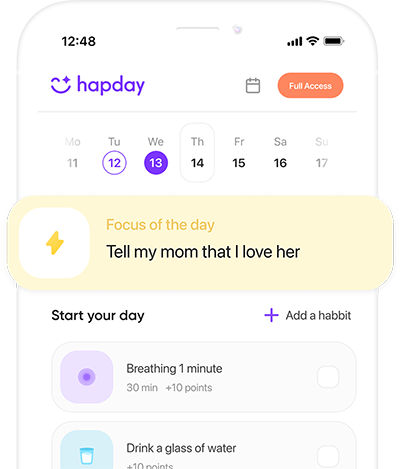Table of Contents
- Dig Deep into Your Triggers
- Break It Down, Baby
- Time Management—Not Just for Project Managers
- Tidy Up Your Space—Seriously
- Go Easy on Yourself
- Pulling It All Together
- Notes and Nuggets
Dig Deep into Your Triggers
Okay, so we start at the beginning. Honestly, figuring out what sets off your procrastination mode is beyond essential. A fascinating study from—surprise— the University of Sheffield, tells us it’s often tangled up with emotional stuff. Tasks get left behind not because they’re Herculean, but because they flip on those panic or self-doubt switches in our heads.
Spotting Your Triggers:
- Start a procrastination log, jotting down when and what you sideline.
- Reflect on those mood swings that hit when avoiding the task.
Once you untangle these feelings, like pulling the thread of a stubborn knot, you’ll be on the path to finding the root cause—not just hacking away at those pesky symptoms.
Break It Down, Baby
Next, let’s bust that overwhelming mountain into bite-sized pebbles. The legendary—at least in my mind—“Zeigarnik Effect” backs this method up. It’s a human quirk: we remember tasks we’ve started way better than those we’ve wrapped up. Go figure.
Mini-Mission Method:
- Carve those monstrous tasks into small, doable chunks.
- Assign mini-deadlines to each piece.
- Give yourself a high-five for those little victories.
When tasks shrink—and let’s be honest, who doesn’t love smaller, friendlier tasks?—momentum becomes your new best friend.
Time Management—Not Just for Project Managers
Time is on your side, folks, if you manage it right. A revealing nugget from “Personality and Individual Differences” shows us that time-management champs tend not to leave things ’til the 11th hour.
Time-Warp Tools:
- Pomodoro: Sprint through 25 minutes of work, then take a 5-minute siesta.
- Time Blocking: Peg time slots for each task. Structure—sometimes we all need it.
Crafting this kind of time blueprint builds a self-made accountability fortress. The allure of procrastination? It can’t climb those walls.
Tidy Up Your Space—Seriously
Your workspace isn’t just where you plop your laptop down—it’s your productivity stage. According to the crew at Princeton University, a cluttered desk can squash your ability to zero in and, yep, trigger procrastination.
Setting the Scene:
- Declutter your desk; it doesn’t need to be sterile, just not a disaster, okay?
- Employ website blockers for a digital detox.
- Dear motivational poster, please do your thing.
A spick-and-span setting not only feels good but ups the ante on getting stuff done.
Go Easy on Yourself
Final stretch! Self-flagellation? It doesn’t fly when you’re tangled with procrastination. An eye-opener from the University of Carleton suggests treating yourself kindly actually starts shrinking procrastination.
Kind Words, Kind Mind:
- Swap out negative nattering with some encouraging self-talk.
- Slip-ups? They’re teachable moments, not catastrophes.
- Aim for progress, not a golden perfection star.
Cut yourself some slack, and you might just step out of that procrastination shadow.
Pulling It All Together
Procrastination isn’t a beast you conquer with sheer willpower, folks. It’s about outsmarting it—understanding what triggers you, breaking down jobs, mastering time, setting up your space, and being your own cheerleader. Adopt these tactics, and watch how procrastination slowly loses its grip. Oh, itching to make a change? Get a helping hand in tracking your strides with the Hapday App. It’s where your productivity journey truly begins—get started with Hapday today.
Notes and Nuggets
- Pychyl, T. A., & Sirois, F. M. (2016). The World of Procrastination and Well-Being. World Psychiatry.
- Steel, P. (2007). Procrastination’s Underlying Nature: Insights and Analysis. Psychological Bulletin.
- Blunt, A. K., & Pychyl, T. A. (2000). Tackling Task Avoidance: A Procrastinator’s Journey. Personality and Individual Differences.
- Baumeister, R. F., & Tierney, J. (2011). Rediscovering Willpower: Our Hidden Strength. Penguin Press.
- Stöber, J., & Joormann, J. (2001). Stress, Self-Perception, and Cognitive Loops: Procrastination’s Dance. Journal of Social and Clinical Psychology.

